
VISION: Communities empowered with the knowledge, skills, and support needed to prevent substance misuse and promote behavioral health.
MISSION: Collaborate with leaders to build sustainable prevention systems that foster healthier, more resilient communities.
GOALS:
• Deliver high quality training and dedicated technical assistance to drive positive change
• Empower communities to create intentional prevention infrastructure through the implementation of evidence-based programs and policies, and effective use of prevention science to guide decisions.
All Your Prevention Needs in One Place
TRAIN

- Convenient online platform
- Onboarding suite for new Prevention Specialists with knowledge checks and experencial learning
- Intermediate Courses to build skills
- Advanced Courses for experienced professionals
- SPF, CSAP, Ethics, SAPST
- Core Competencies
MENTOR

- One-on-one coaching specific to your community
- Logic Model development
- Coalition building
- Tribal Technical Assistance
- Support and Feedback
- Media best practice guidance
EMPOWER

- Moving community prevention goals forward
- Support for communities of all sizes
- Evaluation of interventions
- Grant writing
- Topic-specific trainings
- Sustainability of effective prevention strategies
- Study groups for prevention specialist certification

Our Clients Say...
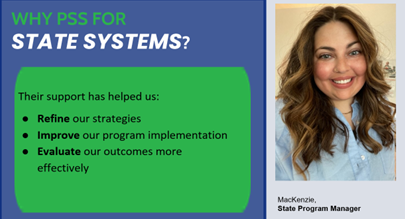

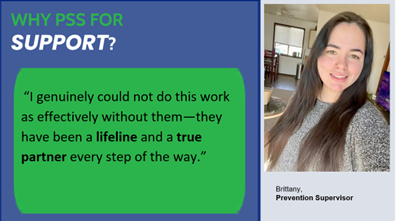

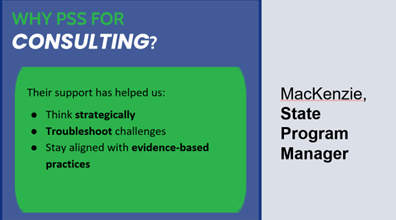
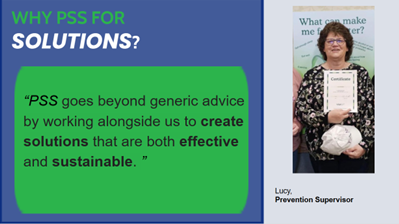

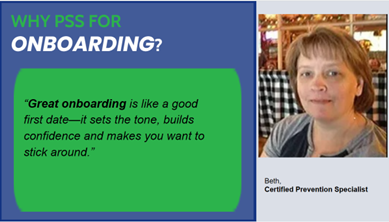



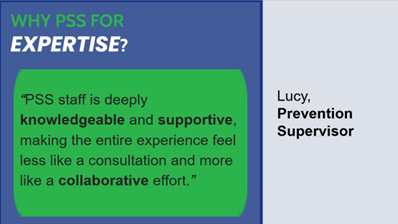
Previous
Next
Courses developed by a team of Certified Prevention Specialists with a combined 100+ years of experience.
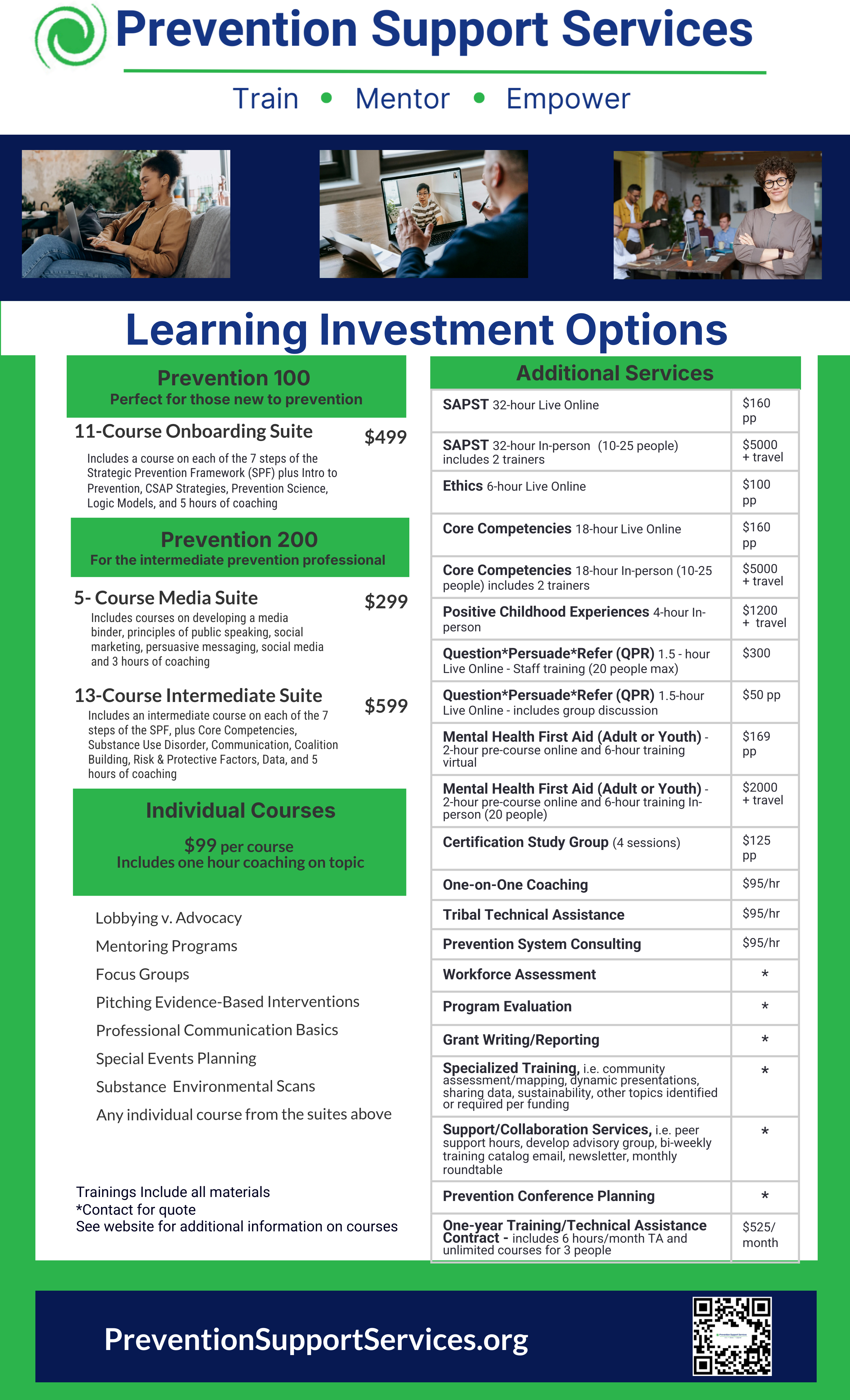
- 102 Intro to Prevention – Become familiar with the field of prevention; recognize the six core competencies of prevention.
- 102A Pre-SAPST (prerequisite SAPST) – Become familiar with the foundational prevention knowledge; learn the history of prevention.
- 104 Prevention Science – Understand prevention science, define risk and protective factors; identify the different domains; understand why prevention matters; learn the steps of the Strategic Prevention Framework – SPF.
- 105 Intro to Assessment – Describe how to assess substance use problems and related behaviors; explain how to prioritize community problems; describe how to assess the risk and protective factors that influence or contribute to the problems.
- 106 Intro to Capacity – Define capacity as it relates to the SPF process; describe how to assess and build capacity in a community.
- 107 Intro to Planning – Define planning as it relates to the SPF; understand how to prioritize risk and protective factors; examine the selection process for prevention interventions; know what’s needed to develop a prevention plan or logic model.
- 107A CSAP Strategies – Understand the 6 CSAP strategies; learn how they work together as part of a comprehensive prevention plan; identify activities that are part of each CSAP strategy.
- 107B Logic Models – Learn the purpose of a logic model; understand how they are created; learn why logic models are used in data-driven prevention; become familiar with action plans and how they correlate to logic models.
- 108 Intro to Implementation – Describe high-quality implementation and why it is important; describe the three main tasks of implementation; understand fidelity and the guidelines for adaptation.
- 109 Intro to Evaluation – Define process and outcome evaluation; understand how to recommend improvements and make mid-course corrections; demonstrate how to report evaluation results.
- 110 Intro to Cultural Proficiency – Define and provide a high-level overview of cultural proficiency; emphasize the importance culture plays in prevention; understand the overarching principles of cultural competence.
- 111 Intro to Sustainability – Explain the importance of sustainability throughout the SPF process; understand the difference between program sustainability and outcome sustainability; things to consider when planning for sustainability.
- 202 Prevention Core Competencies – Define core competencies; recognize the six prevention performance domains; understand the knowledge and tasks associated with each performance domain.
- 204 Substance Use Disorder Basics – Learn why people start using substances; identify steps on the Continuum of Use; understand how substance use disorders are a chronic brain disease; learn about stigma and culturally proficient language when talking about addiction.
- 205 Assessment Skills: Data Collection Methods – Define epidemiology and how those efforts apply to prevention science; identify appropriate and useful data collection methods for prevention efforts; identify types of survey instruments and demonstrate their appropriate use.
- 205A Assessment: Community Assessments – Define community health assessment; define the geographic boundaries of assessment; compile and describe evidence about local needs; describe the overview of community health improvement planning and the key tools, resources and success metrics.
- 205B Assessment: Risk and Protective Factors – Become familiar with risk and protective factor surveys; understand the type of data made available from each report.
- 206 Capacity: Communication – How to reach out to community partners; how to recruit new coalition members and develop relationships to build capacity; how to engage community partners; how to build and maintain/sustain a community coalition.
- 206A Capacity: Relationship Building & Coalitions – Understand the importance of building and sustaining relationships in prevention; identify when and how to build and sustain relationships; discover and 11-step process for relationship building.
- 207 Planning Skills – Review the 3 steps of the planning process; identify tools and resources to prioritize risk and protective factors; select best practice and evidence-based interventions; understand how and why data-driven comprehensive prevention plans are developed.
- 207A CSAP Strategies Skills – Define and review CSAP strategies; increase understanding of activities within each strategy.
- 208 Implementation Skills – Understand the importance of mobilizing support for your intervention; identify the tasks associated with carrying out evidence-based interventions; learn how to monitor the implementation of interventions.
- 209 Evaluation Skills – Develop appropriate evaluation methods and tools; define fidelity and recognize the need for adaptations; implement evaluation findings.
- 210 Cultural Proficiency Skills – Understand how knowledge of cultural diversity can lead to increased personal capacity to become successful in prevention efforts; work through both positive and challenging stereotypes to identify how personal bias may lead to stereotyping; use sample scenarios to recognize how to increase cultural proficiency.
- 211 Sustainability Skills – Define the components of sustainability; understand the importance and details of each component of sustainability.
- 220 Professional Communication – Identify and define the purpose of basic skills to elevate the content and delivery of your prevention communication. Ideal for those new to a professional setting, or those looking for a refresher course.
- 221 Persuasive Messaging – Define and learn persuasive messaging techniques using the EQUIP method. Develop critical thinking skills to analyze media messaging.
- 222 Principles of Public Speaking – Create logical presentation utilizing organization skills and key points; demonstrate the ability for storytelling, building rapport, and use of examples in presentations; utilize effective visual aids and other presentation resources.
- 223 Social Marketing – Understand why and how to use social marketing for health communications; recognize the difference between social marketing and social media; learn how to select the appropriate platform based on your message and audience.
- 223A Social Media Essentials – For those new to different social media platforms, this is the place to learn how to set up and optimize profiles on each platform including Facebook, Instagram, Spapchat, X (Twitter), and Youtube.
- 224 Developing a Media Binder – Identify items to include in a robust media binder; learn how to develop a press release; receive tips on identifying earned media; develop a yearly calendar.
- 302 Lobbying v. Advocacy – Learn the difference between lobbying and advocacy; review how a bill becomes a law; steps to take to advocate for a policy or law without stepping into lobbying.
